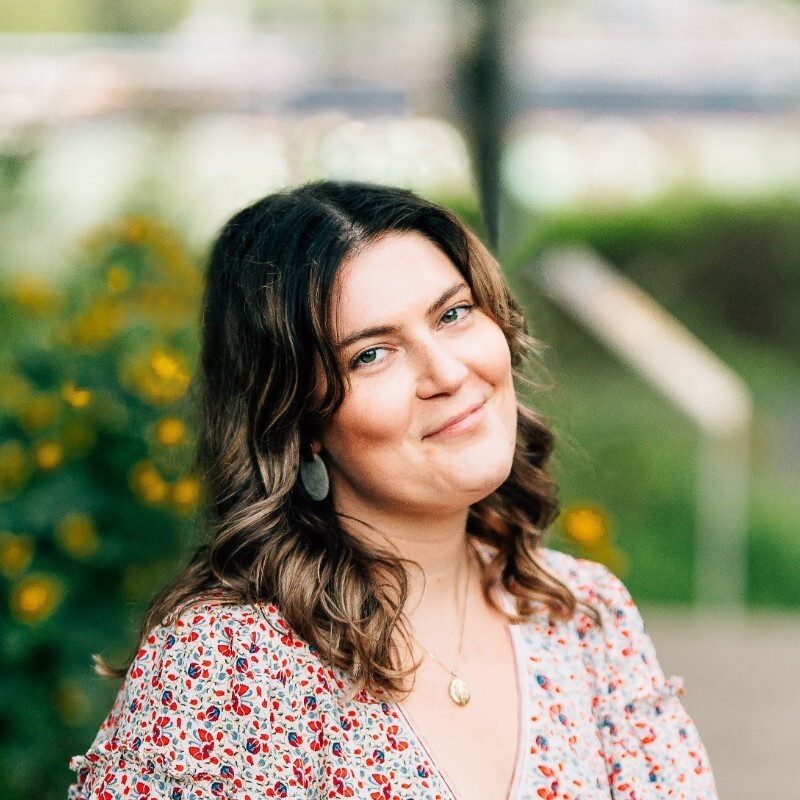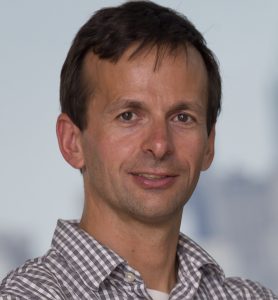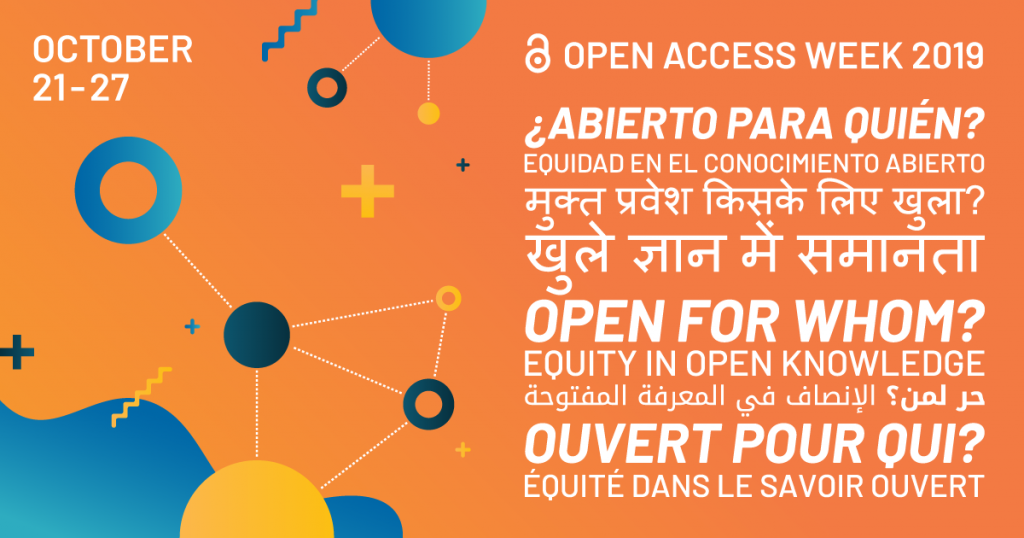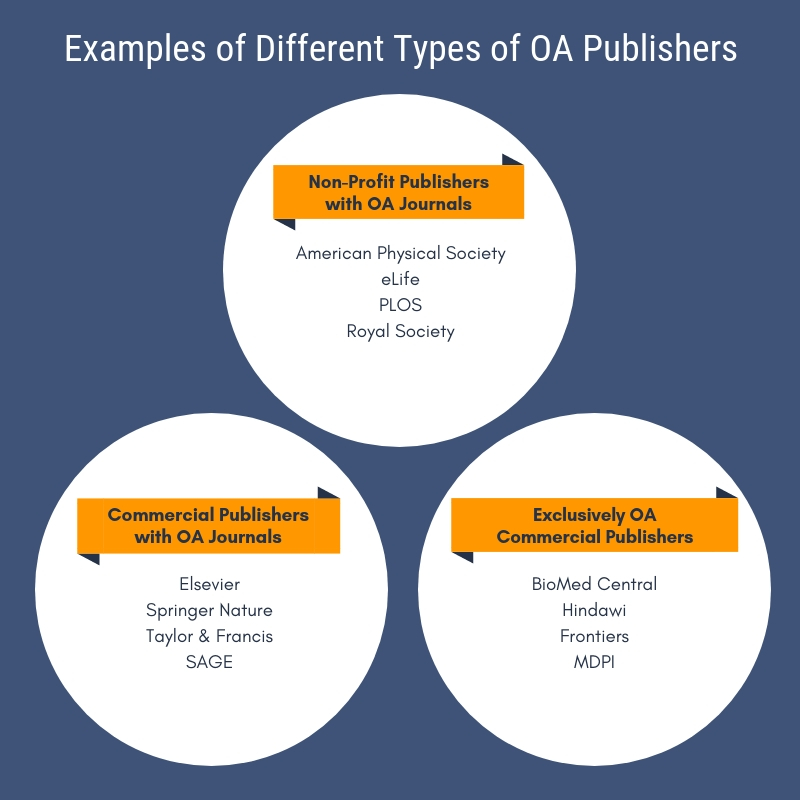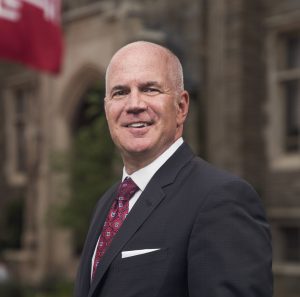In this guest post, Sara Murphy, fall 2023 MLIS intern for the Center for Scholarly Communication and Open Publishing (SCOP), reflects on her experience so far with SCOP’s various services. These include TUScholarShare, North Broad Press, the Open Access Publishing Fund, and open access journals.
During this year’s Open Access Week, I’m honored to get the chance to introduce myself to the Temple University community. I am pursuing a master’s degree in library and information science from Pennsylvania Western University at Clarion (formerly Clarion University), and I am currently interning with the Center for Scholarly Communication and Open Publishing at Temple University Libraries and University Press to prepare for a role in scholarly communication (ScholComm) and library publishing after finishing my degree.
Why Scholarly Communication?
I already knew when I began the master’s degree program that I wanted to work in an academic library, but I wasn’t entirely sure what role would be the best fit. I wasn’t even certain of all the possibilities. To get some help from an experienced professional, I signed up for the Pennsylvania Library Association’s mentorship program last year. I was matched with the director of another university library in the Philadelphia region, and we met monthly over the course of the year. It was through our conversations that I zeroed in on scholarly communications and library publishing. Because I used to work for an academic publisher, I already had some knowledge of the workflow for publishing journals and books, but I knew the scholarly publishing landscape had changed significantly since I last worked in it. The best way to start getting up to date was going to be working in the ScholComm division of an academic library. I was fortunate to be accepted as an intern working under the guidance of Mary Rose Muccie, Director of Temple University Press and Scholarly Communications Officer, and Alicia Pucci, Scholarly Communications Associate, for the fall semester.
What I’ve Learned
The projects I’ve worked on so far have started to build my knowledge of open access and other scholarly communications issues. Here are just a few:
In preparation for a Research Resources Day hosted at the library, I distilled an existing list of talking points about the benefits of having an ORCID iD into an elevator speech that librarians can use to encourage student and faculty researchers to sign up for one. While drafting the speech, I registered for my own ORCID iD, which really did take just 30 seconds. I hope to conduct research in the future, and I have been convinced that having an ORCID iD will make tracking my scholarly contributions easier.
These past few months I’ve also worked on conducting CV reviews to identify open-access resources published by Temple University faculty that can be deposited in the library’s institutional repository, TUScholarShare. This work has increased my knowledge of Creative Commons licenses and the wide variety of bespoke policies that publishers have related to sharing intellectual property. It has been heartening to see that there are many fully open-access publishers who allow journal articles to be read by any interested reader from the moment they are published and many others that allow the accepted version of a manuscript to be shared in an institutional repository. I believe it is important to make research widely available so new developments can grow from it, and I’m proud to be assisting in expanding what TUScholarShare has to offer to its users.
North Broad Press has been working on some new open textbooks authored by Temple faculty that I’ve gotten a chance to get involved with as well. I cross checked all the images in two forthcoming lab manuals with the art notes and credits to ensure they were numbered and attributed properly. I’ve also been learning how to typeset a book using Pressbooks, an online software that allows users to create books for print-on-demand, EPUB, or webbook formats. As a parent of a college student, I have first-hand experience with how open educational resources can improve the affordability of higher education, and I’m delighted to have had a chance to help prepare these books for their future audiences.
What’s Next?
My internship with Temple University Libraries and University Press is helping me prepare to excel in what I’ve chosen as my second career. After I finish my field experience at Temple and receive my degree, I will begin searching for a position in an academic library. While I have a deep interest in ScholComm, I plan to stay open to other possibilities because there is plenty more for me to learn about academic librarianship, and I realize that having a breadth of experience could only help me be a better ScholComm librarian one day. But until then, I look forward to the experiences that still lie ahead during the second half of this semester.
